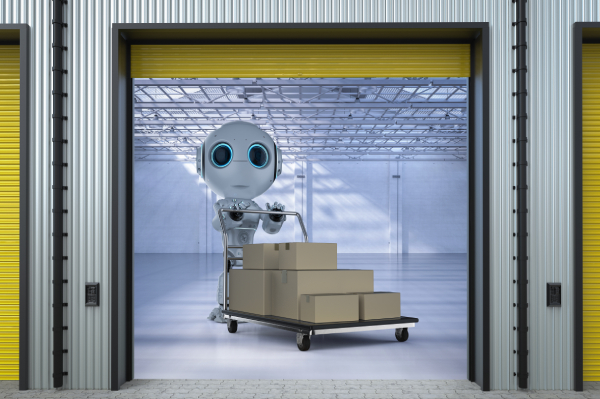Goods Elevator
A freight elevator is used to carry goods only, though some do both to allow operators and those loading goods along for the ride.
Freight elevators are typically larger and capable of carrying heavier loads than a passenger elevator, generally from 500 to 3,000 kg. Freight elevators have manually operated doors and often boast rugged interior finishes to prevent damage while loading and unloading. Although hydraulic freight elevators exist, electric elevators are more energy-efficient for the work of freight lifting.
Quick Enquiry
Technical Specifications
Key figures
Key Characteristics of Hospital Elevators
Ocean Elevator is known for manufacturing high-quality goods elevators designed to efficiently transport goods in various settings, such as warehouses, factories, shopping malls, and more. Here's a comprehensive detail about goods elevators by Ocean Elevator:
Request a CallbackPurpose and Functionality
Transport heavy and bulky items between floors., Warehouses, industrial plants, commercial buildings, shopping centers., Durability, safety, efficiency, and capacity.
Key Features
Designed to withstand heavy loads and frequent use, Capable of carrying substantial weights, often ranging from 500 kg to several tons., Equipped with advanced safety features like overload protection, emergency stop buttons, and interlocks.,
Technical Specifications
Varies from model to model, typically ranging between 500 kg to 3,000 kg., Moderate speeds to ensure safety and stability of transported goods.
Safety Features
Customizable interiors to meet the specific needs of the hospital, including the ability to handle specialized medical equipment.
Installation and Maintenance
Professional installation by trained technicians ensuring compliance with safety standards. Regular maintenance and inspection services to ensure long-term reliability and safety. 24/7 customer support for troubleshooting and immediate assistance.


